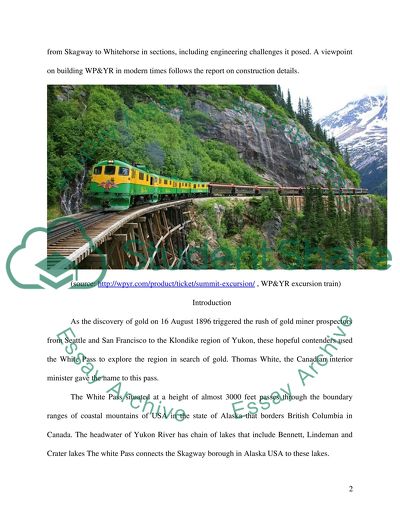Cite this document
(“WHITE PASS AND YUKON RAILWAY (CANADA/US) Research Paper”, n.d.)
Retrieved from https://studentshare.org/engineering-and-construction/1688158-white-pass-and-yukon-railway-canadaus
Retrieved from https://studentshare.org/engineering-and-construction/1688158-white-pass-and-yukon-railway-canadaus
(WHITE PASS AND YUKON RAILWAY (CANADA/US) Research Paper)
https://studentshare.org/engineering-and-construction/1688158-white-pass-and-yukon-railway-canadaus.
https://studentshare.org/engineering-and-construction/1688158-white-pass-and-yukon-railway-canadaus.
“WHITE PASS AND YUKON RAILWAY (CANADA/US) Research Paper”, n.d. https://studentshare.org/engineering-and-construction/1688158-white-pass-and-yukon-railway-canadaus.


